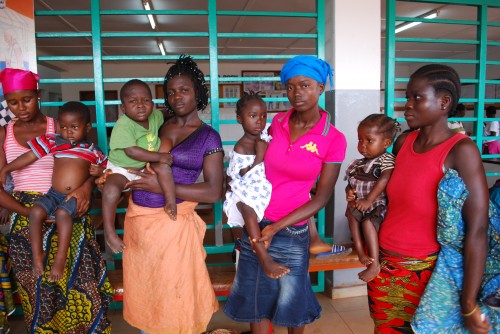
Our Goal | Challenge:
Rotary club of Mombasa downtown is a club with beneficial thoughts among themselves an on others. People from different backgrounds and professions come together to make friendship and mostly fellowship among each other. Business Development comes up as people get to interact and know more about what they can team up and work on together for the help of others and themselves. As projects are being accomplished, individuals end up developing personal growth as being in a Rotary club is also a networking club from different professional backgrounds.
What is Clubfoot?
About one out of every 1,000 babies is born with a foot that’s twisted. It may curl sideways with the toes bent at a funny angle. Or, it might have an odd shape and point in the wrong direction, so that it appears to be crooked, or even nearly upside down. Doctors call this clubfoot.
Most babies who are born with clubfoot are healthy in all other ways; about 1 in 3 of them have it in both feet.
Clubfoot doesn’t cause pain, but if it’s not treated, it can make it hard for a child to walk without a limp. It’s easy to correct in most cases, so most children don’t have long-lasting effects.
Can It Be Prevented?
Clubfoot happens because the tendons (bands of tissue that connect muscles to bones) and muscles in and around the foot are shorter than they should be. Doctors don’t know what causes it, and there’s no way to ensure that your baby won’t be born with it. But some things make clubfoot more likely. They include:
- Gender. Two-thirds of babies with clubfoot are male.
- Family history. Babies with a parent or sibling who had clubfoot are twice as likely to get it.
- Lifestyle choices. If you smoke or use illegal drugs while you’re pregnant, you raise your baby’s chances of being born with it.
- Other birth defects. In some cases, it’s linked with other another condition a baby is born with, such as spina bifida.
- Too little amniotic fluid during pregnancy. This surrounds your baby in the womb. If there’s not enough, your baby’s chances of being born with clubfoot are higher.
Symptoms
It’s easy to notice clubfoot when a baby is born. Here are some signs:
- The foot points downward, and the toes may be curled inward.
- The foot appears to be sideways or sometimes even upside-down.
- The foot may be smaller than a normal foot by up to a half-inch.
- The calf muscles on the affected leg may not be fully developed.
- The foot may have a limited range of motion.
Most doctors can spot clubfoot simply by looking at your baby when he’s born. If you have an ultrasound done late in your pregnancy, your doctor may notice it then.
The Mohsin and Fauzia Jaffer Foundation have supported with mission with over $50,000 in donations.
